Moderne slimme verlichtingssystemen doen meer dan alleen lichten in- en uitschakelen - ze creëren aanpasbare omgevingen die comfort, efficiëntie en stijl verbeteren. Achter elke vloeiende helderheidsverandering ligt een dimprotocol, dat stilletjes de gebruikerservaring vormt. Een van de meest gebruikte in commerciële projecten zijn DALI en PWM, die elk unieke manieren bieden om LED-verlichting te bedienen. Als u hun verschillen kent, kunt u de juiste aanpak voor uw ruimte kiezen.
Waarom dimprotocollen ertoe doen in slimme verlichting
Een goed ontworpen slim verlichtingssysteem is meer dan een verzameling armaturen - het is een netwerk dat inspeelt op veranderende behoeften, de efficiëntie verbetert en in de loop van de tijd waarde toevoegt. In het hart van dit systeem speelt het dimprotocol een cruciale rol in hoe licht wordt beheerd en ervaren.
Een van de meest voor de hand liggende voordelen is energiebesparing. Door licht te dimmen tijdens daglicht of in gebieden met weinig verkeer, kunnen bedrijven het stroomverbruik aanzienlijk verminderen zonder afbreuk te doen aan de zichtbaarheid of veiligheid. In de loop van een jaar kan dit zich vertalen in een aanzienlijke verlaging van de nutskosten, vooral in grootschalige commerciële ruimtes.
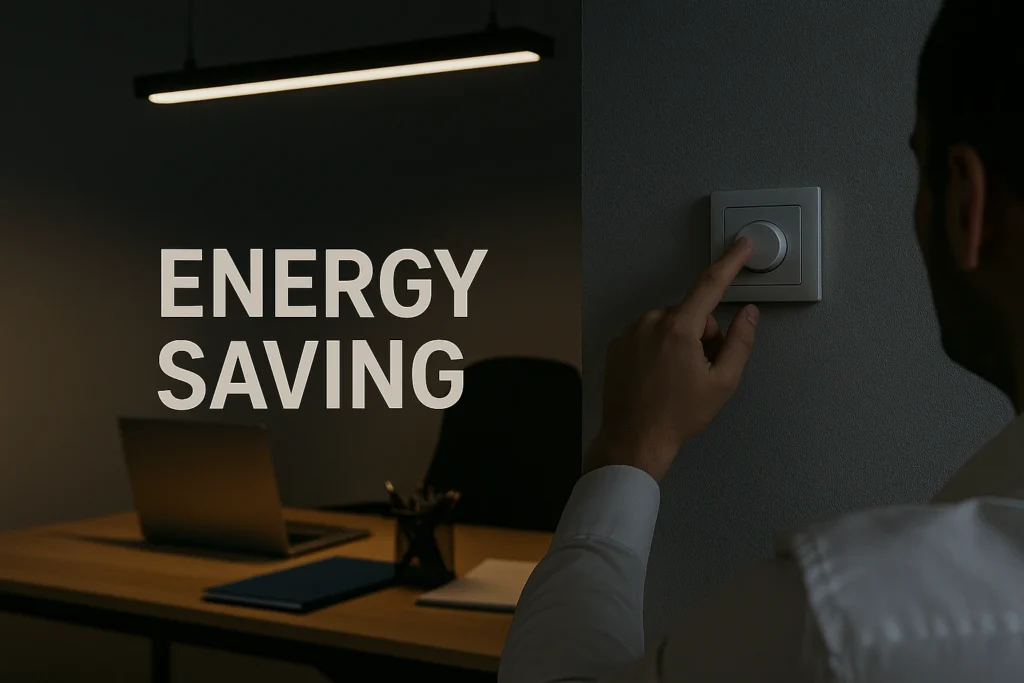
Een ander voordeel is eenvoudiger te bedienen. Moderne dimprotocollen maken gecentraliseerde of geautomatiseerde aanpassingen mogelijk, waardoor facility managers schema's kunnen maken, verlichtingsscènes kunnen maken en sensoren kunnen integreren voor bezetting of daglichtoogst. Dit verbetert niet alleen de gebruikerservaring, maar zorgt er ook voor dat het verlichtingssysteem op optimale efficiëntie werkt zonder constante handmatige ingrepen.
Vanuit een langetermijnperspectief zijn lagere onderhoudskosten even belangrijk. Door overdreven rij-LED's te vermijden en onnodig gebruik te minimaliseren, verlengt dimmen de levensduur van zowel armaturen als drivers. Dit betekent minder vervangingen, minder uitvaltijd en lagere operationele kosten gedurende de levensduur van het systeem.
Dimming protocollen dragen ook bij aan comfort en flexibiliteit. Gladde helderheidsaanpassingen helpen verblinding en vermoeidheid van de ogen te verminderen, waardoor een aangenamere omgeving voor werknemers, klanten of gasten ontstaat. In multifunctionele ruimtes verbetert de mogelijkheid om te schakelen tussen verschillende lichtscènes de functionaliteit en sfeer.
Uiteindelijk bepaalt de keuze voor het dimmen protocol niet alleen hoe uw verlichtingssysteem vandaag presteert, maar ook hoe gemakkelijk het kan worden aangepast aan toekomstige behoeften. Van de vele beschikbare opties blijven DALI en PWM twee van de meest gebruikte - elk met unieke sterke punten die voldoen aan verschillende projectvereisten. Als u hun capaciteiten begrijpt, kunt u een weloverwogen beslissing nemen over de toekomst.
Wat is PWM-dimmen?
Pwm (Pulsebreedtemodulatie) Dimmen is een van de meest voorkomende methoden voor het regelen van LED-helderheid, vooral bij kostengevoelige of kleine tot middelgrote verlichtingsprojecten. In plaats van de werkelijke spanning naar de LED te verlagen, schakelt PWM de LED snel in en uit op een specifieke frequentie. Door het aandeel van "aan" tijd aan "uit" tijd aan te passen - bekend als de duty cycle - verandert de waargenomen helderheid terwijl de LED nog steeds volledige spanning ontvangt tijdens elke puls.
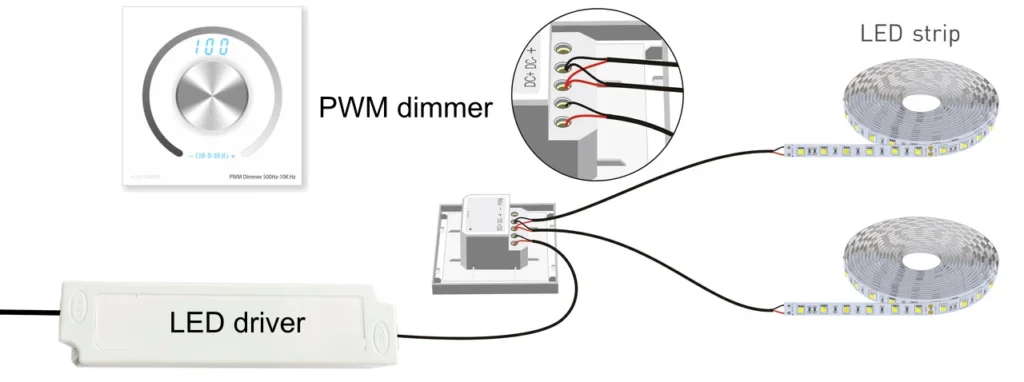
Vanuit het perspectief van het menselijk oog is dit snelle schakelen onzichtbaar als het op een voldoende hoge frequentie wordt gedaan, en de LED lijkt gewoon dimmer of helderder. Deze methode zorgt ervoor dat de kleurtemperatuur van de LED stabiel blijft over verschillende helderheidsniveaus, wat vooral handig is in retaildisplays, decoratieve verlichting en horecaomgevingen waar consistente kleuren belangrijk zijn.
Voordelen van PWM-dimvorming zijn onder meer:
Kosteneffectiviteit – PWM-stuurprogramma's zijn over het algemeen eenvoudiger en goedkoper, waardoor ze aantrekkelijk zijn voor projecten met krappe budgetten.
Stabiele kleurprestaties – LED's behouden hun kleurkenmerken op verschillende helderheidsniveaus.
Brede compatibiliteit – Veel LED-strips en armaturen op de markt zijn ontworpen met PWM-controle in gedachten.
Beperkingen om te overwegen:
Mogelijke flikkerproblemen – Als de frequentie te laag is, kunnen gevoelige personen flikkering waarnemen en kunnen high-speed camera's strobing-effecten vastleggen.
Kortere effectieve transmissieafstand – PWM-besturingssignalen kunnen degraderen over langere kabels, waardoor het minder geschikt is voor grootschalige bouwsystemen zonder extra signaalconditionering.
Beperkte schaalbaarheid – Hoewel uitstekend voor toepassingen met kleine of enkele zones, is PWM niet zo efficiënt bij het beheren van honderden armaturen in meerdere gebieden.
Typische toepassingen van PWM-dimmen zijn onder meer LED-strips in winkelplanken, accentverlichting in hotels, bewegwijzering en slimme verlichtingsopstellingen voor residentiële verlichting waar kosten en eenvoud voorrang hebben op geavanceerde bedieningsfuncties.

Wat is Dali-dimmen?
lakei (Digital Addressable Lighting Interface) is een gestandaardiseerd digitaal communicatieprotocol dat speciaal is ontworpen voor professionele lichtregeling. In tegenstelling tot PWM, dat de stroomtoevoer moduleert om de helderheid aan te passen, stuurt DALI digitale signalen naar compatibele stuurprogramma's en vertelt ze precies welk helderheidsniveau moet worden geproduceerd. Elke armatuur of driver op een DALI-netwerk kan zijn eigen unieke adres hebben, waardoor individuele of gegroepeerde controle mogelijk is zonder complexe wijzigingen in de bedradingsmogelijkheden.
Hoe het werkt:
Een DALI-netwerk bestaat uit een controller (of meerdere controllers), DALI-compatibele stuurprogramma's en een tweedraadsbus die zowel stroom voor het besturingscircuit als digitale gegevens vervoert. Het protocol ondersteunt maximaal 64 individueel adresseerbare apparaten per DALI-lijn, die kunnen worden georganiseerd in maximaal 16 groepen en toegewezen 16 vooraf ingestelde scènes. Omdat het digitaal is, zijn de helderheidsaanpassingen nauwkeurig - met tot 254 discrete dimniveaus - en vrij van zichtbare flikkering.
Voordelen van DALI-dimming zijn onder meer:
Nauwkeurige en flikkervrije bediening – Ideaal voor omgevingen waar de lichtkwaliteit van cruciaal belang is, zoals kantoren, ziekenhuizen en musea.
Flexibele zonering en scènecontrole – Armaturen kunnen worden gehergroepeerd of geherprogrammeerd via software zonder opnieuw te bedraden.
Tweerichtingscommunicatie – Apparaten kunnen hun status (aan/uit, dimniveau, storingen) teruggeven aan het besturingssysteem, waardoor proactief onderhoud mogelijk wordt.
Integratie-Klaar – Eenvoudig te integreren met Building Management Systems (BMS) zoals KNX of BACnet voor gecentraliseerde besturing.
Langere kabels – Geschikt voor grote gebouwen zonder significante signaaldegradatie.
Beperkingen om te overwegen:
Hogere initiële kosten – Vereist DALI-compatibele stuurprogramma's en controllers, die doorgaans duurder zijn dan standaard PWM-opstellingen.
Installatie-expert – Configuratie en inbedrijfstelling vereisen geschoold personeel en gespecialiseerde software.
Apparaatlimiet per regel – Hoewel schaalbaar, heeft elke DALI-lijn maximaal 64 apparaten, dus grotere projecten hebben mogelijk meerdere lijnen of gateways nodig.
Typische toepassingen van DALI-dimming zijn onder meer bedrijfskantoren, luchthavens, winkelcentra, ziekenhuizen, universiteiten en hoogwaardige gastvrijheidsprojecten - overal moet verlichting zeer controleerbaar, schaalbaar en geïntegreerd zijn met bredere bouwsystemen.
Hoewel zowel DALI-dimmen als PWM-dimmen instelbare verlichting kunnen bereiken, werken ze op fundamenteel verschillende manieren en passen ze bij verschillende soorten projecten. Onderstaande tabel geeft een overzicht van de kernverschillen:

DALI versus PWM: belangrijkste verschillen
| Functie | DALI dimmen | PWM-dimmen |
| Controlemethode | Digitaal protocol dat nauwkeurige helderheidsopdrachten verzendt | Snel aan/uit schakelen om de waargenomen helderheid te variëren |
| juistheid | Tot 254 discrete dimniveaus, soepel en flikkervrij | Beperkt door frequentie; gladheid hangt af van de kwaliteit van de bestuurder |
| Flikker | Geen zichtbare flikkering | mogelijk bij lage frequenties of met slecht bestuurdersontwerp |
| schaalbaarheid | Ondersteunt 64 apparaten per lijn, gemakkelijk te netwerken voor grote projecten | Beste voor kleine of enkele zone systemen |
| Communicatie | Tweerichtingsverkeer (statusrapportage, foutdetectie) | Eenrichtingsverkeer (geen feedback van armaturen) |
| Integratie | Werkt met BMS zoals KNX, BACnet | Standalone of eenvoudige slimme controllers |
| Installatiekosten | Hoger (gespecialiseerde stuurprogramma's, configuratiesoftware) | Lager (basisdrivers en controllers) |
| Beste gebruikscases | Grote commerciële gebouwen, kantoren, ziekenhuizen, winkelketens | LED-strips, accentverlichting, kleinschalige slimme verlichting |
De impact van deze verschillen begrijpen
Systeemgrootte en complexiteit – Voor kantoren met meerdere verdiepingen of commerciële ruimtes met honderden armaturen biedt DALI de structuur en schaalbaarheid die nodig is voor efficiënt beheer. PWM, hoewel eenvoudiger, wordt in dergelijke scenario's moeilijk te handhaven.
lichtkwaliteit – waar consistente helderheid en kleurstabiliteit cruciaal zijn – zoals galerijen of gezondheidszorg – presteert de precieze controle van DALI beter dan PWM.
Budget en ROI – Hoewel PWM lagere initiële kosten heeft, kan DALI meer langetermijnbesparingen opleveren door energieverspilling te verminderen, de levensduur van de armatuur te verlengen en het onderhoud te vereenvoudigen door middel van realtime foutbewaking.
Kiezen tussen deze protocollen is niet alleen een technische beslissing - het gaat erom uw lichtbesturingssysteem af te stemmen op de grootte, doelen en toekomstige vereisten van uw project.
Wanneer kies je PWM-dimmen?
PWM-dimmen is het meest geschikt voor projecten waar eenvoud, betaalbaarheid en snelle inzet de belangrijkste prioriteiten zijn. Hoewel het een deel van de geavanceerde controle en schaalbaarheid van DALI mist, kan het uitstekende resultaten opleveren in de juiste context.
U kunt PWM-dimmen kiezen als:
- Budget is een belangrijke beperking
PWM-compatibele stuurprogramma's En controllers zijn over het algemeen goedkoper, waardoor ze ideaal zijn voor kostengevoelige projecten.
Dit kan vooral gunstig zijn voor decoratieve of secundaire verlichting waar geavanceerde bediening niet nodig is.
- De installatie is kleinschalig of single-zone
PWM werkt goed voor korte kabelruns en projecten waarvoor geen complexe zonering nodig is.
Voorbeelden zijn onder meer boetiekjes, hotellobbyaccentverlichting of upgrades voor slimme verlichting van residentiële verlichting.
- Kleurconsistentie is belangrijk, maar fijne controle is dat niet
PWM handhaaft de LED-kleurtemperatuur over de helderheidsniveaus, wat waardevol is voor het creëren van visuele consistentie in displays of themaomgevingen.
- Snelheid van installatie is belangrijk
De installatie is eenvoudig en vereist geen geavanceerde inbedrijfstellingstools of gespecialiseerde training.
Typische scenario's voor PWM-dimmen zijn onder meer:
Retail plankverlichting en vitrines
Gastvrijheidsaccentverlichting (bars, recepties, gangen)
Bewegwijzering en decoratieve architecturale kenmerken
Residentiële LED-stripinstallaties in keukens, woonkamers of tuinen
Hoewel PWM de perfecte pasvorm kan zijn voor deze toepassingen, is het belangrijk om de beperkingen in grootschalige commerciële omgevingen op te merken. In omgevingen met uitgebreide verlichtingsnetwerken of waar gecentraliseerde monitoring vereist is, kan PWM snel zijn praktische grenzen bereiken.
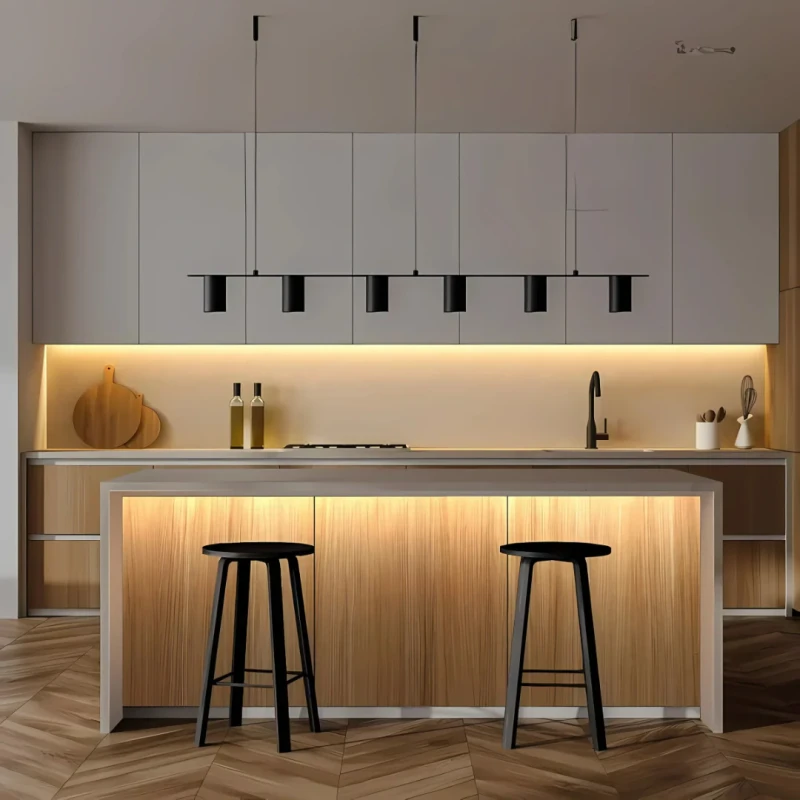

Meanwell PWM-stuurprogramma
Wanneer kies je Dali-dimmen?
DALI Dimming is ontworpen voor projecten waarbij precisie, schaalbaarheid en langetermijnbeheer topprioriteiten zijn. Hoewel het een hogere investering vooraf vereist, leveren de geavanceerde capaciteiten vaak een sterker rendement op gedurende de levensduur van het systeem.
U kunt DALI-dimmen kiezen als:
- Uw project is grootschalig of multi-zone
DALI ondersteunt tot 64 individueel adresseerbare apparaten per lijn, met flexibele groepering en scènecontrole.
Ideaal voor kantoorgebouwen, hotels, luchthavens, ziekenhuizen en universiteiten waar honderden of zelfs duizenden armaturen gecoördineerde controle nodig hebben.
- U hebt nauwkeurige, flikkervrije lichtregeling nodig
DALI biedt tot 254 dimniveaus met vloeiende overgangen, waardoor het perfect is voor toepassingen waar de kwaliteit van de verlichting de productiviteit, het comfort of de merkpresentatie beïnvloedt.
- Integratie met andere bouwsystemen is vereist
DALI maakt eenvoudig verbinding met Building Management Systems (BMS) zoals KNX of BACnet, waardoor gecentraliseerde monitoring, automatisering en energieoptimalisatie mogelijk zijn.
- Onderhoudsefficiëntie is een prioriteit
Tweerichtingscommunicatie stelt elke armatuur in staat om zijn status te rapporteren, zodat facility managers fouten vroegtijdig kunnen detecteren en downtime kunnen verminderen.
Deze proactieve aanpak helpt de levensduur van verlichtingsapparatuur te verlengen en minimaliseert ongeplande servicegesprekken.
- Toekomstige uitbreiding en controleflexibiliteit zijn belangrijk
DALI ondersteunt integratie met sensoren (bezetting, daglicht), wandbedieningspanelen en touch-interfaces.
Dit maakt het eenvoudig om het systeem later te upgraden met geautomatiseerde verlichtingsaanpassingen, scènevoorinstellingen en gebruiksvriendelijke handmatige overschrijvingen zonder de volledige infrastructuur te vervangen.
Typische scenario's voor DALI-dimmen zijn onder meer:
Corporate Office Towers met meerdere afdelingen en vergaderruimtes
Ziekenhuizen en klinieken waar consistente verlichting de ogen van het personeel vermindert en het comfort van de patiënt verbetert
Winkelcentra met complexe lichtzones en schema's
Transporthubs zoals luchthavens en treinstations die betrouwbare, gecentraliseerde controle vereisen
Musea en galerijen waar precieze lichtniveaus gevoelige tentoonstellingen beschermen
Wanneer verlichting een cruciale rol speelt in zowel de dagelijkse operaties als de energiestrategie op lange termijn, biedt DALI het niveau van controle en aanpassingsvermogen dat eenvoudige analoge methoden niet kunnen evenaren.

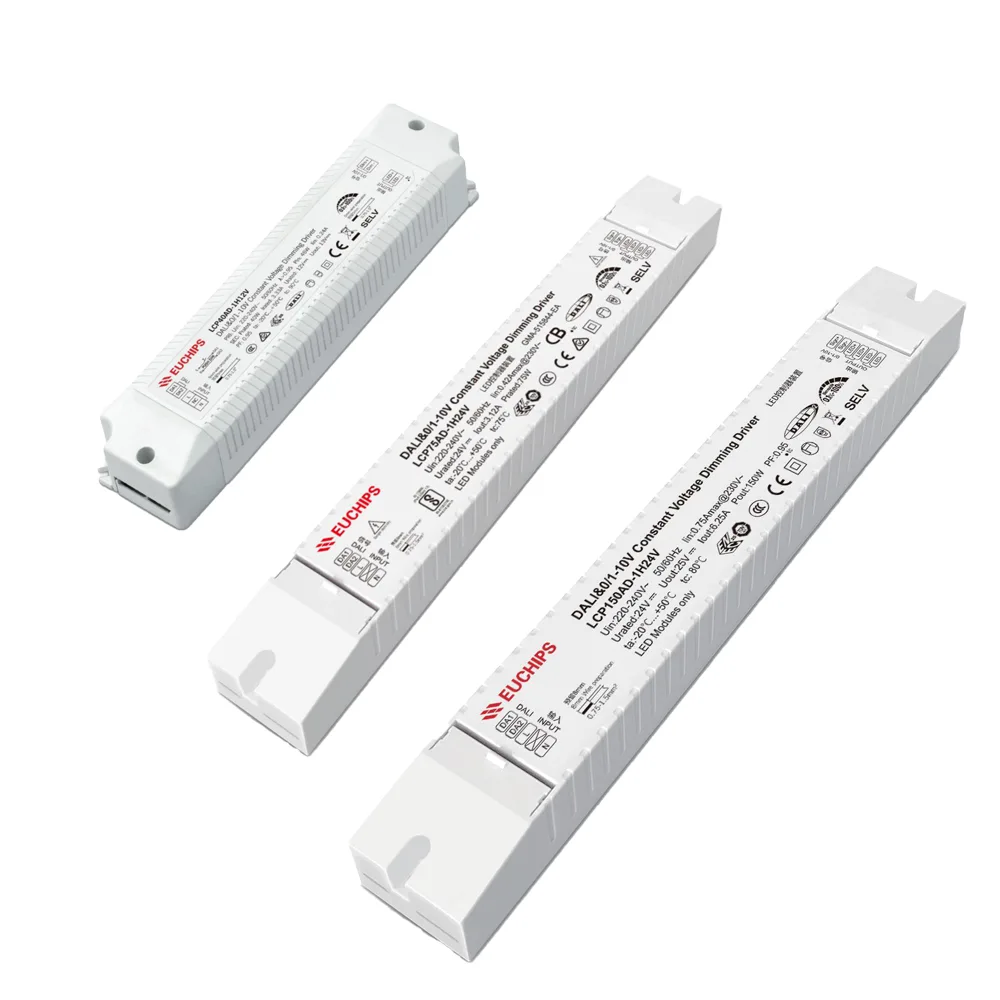
euchips DALI-bestuurder
praktische overwegingen voordat u beslist
Kiezen tussen DALI en PWM-dimmen komt neer op het afstemmen van de besturingsmethode op de grootte, doelen en budget van uw project. Als u een kleinschalige installatie beheert met beperkte zones en een krap budget, biedt PWM een eenvoudige, betrouwbare en kosteneffectieve oplossing. Voor grote, complexe projecten waar flexibiliteit, schaalbaarheid en integratie prioriteiten zijn, levert DALI langetermijnwaarde ondanks de hogere initiële investering.
Belangrijke factoren om te evalueren zijn onder meer:
begroting – Denk niet alleen aan de kosten van de apparatuur vooraf, maar ook op de lange termijn energiebesparing en onderhoudsefficiëntie. PWM-dimvorming is in eerste instantie meestal kosteneffectiever, terwijl DALI een betere langetermijnwaarde biedt in complexe, hoogwaardige projecten.
Projectschaal – Voor kleine tot middelgrote projecten met beperkte zones kan PWM een eenvoudigere en voordeligere keuze zijn. Grootschalige projecten met meerdere zones en geavanceerde controlebehoeften kunnen profiteren van de flexibiliteit van DALI.
Systeemintegratie – Als de verlichting moet worden geïntegreerd met een gebouwbeheersysteem (BMS), bezettingssensoren of daglichtsensoren, biedt DALI gestandaardiseerde compatibiliteit, terwijl PWM meer aangepaste bedrading of controllers vereist.
Toekomstige uitbreiding – Voor projecten die waarschijnlijk zullen worden uitgebreid met extra zones, scènebesturing of nieuwe besturingsapparaten (bijv. wandpanelen, aanraakinterfaces), biedt DALI's adresseerbare ontwerp grotere schaalbaarheid. PWM kan ook worden uitgebreid, maar meestal met meer bedrading en controller-upgrades.
Welk protocol past bij uw slimme verlichting?
Kiezen tussen PWM en DALI hangt uiteindelijk af van de prioriteiten van uw project. Als uw focus kostenefficiëntie en eenvoudige opstelling is, kan PWM de praktische keuze zijn. Voor projecten die nauwkeurige dim, gecentraliseerde controle en integratie met gebouwbeheersystemen vereisen, is DALI vaak de investering waard. Overweeg uw budget, projectschaal, integratiebehoeften en toekomstige uitbreidingsplannen voordat u een beslissing neemt.
Op SignliteLED, Wij bieden zowel PWM als DALI LED-verlichtingsoplossingen, ondersteund door jarenlange ervaring in het ontwerpen, aanpassen en leveren van armaturen voor commerciële projecten wereldwijd. Of u nu een bestaand verlichtingssysteem upgradet of helemaal opnieuw bouwt, ons team kan u helpen het juiste protocol te selecteren, op maat gemaakte productontwerpen te bieden en een soepele installatie te garanderen.

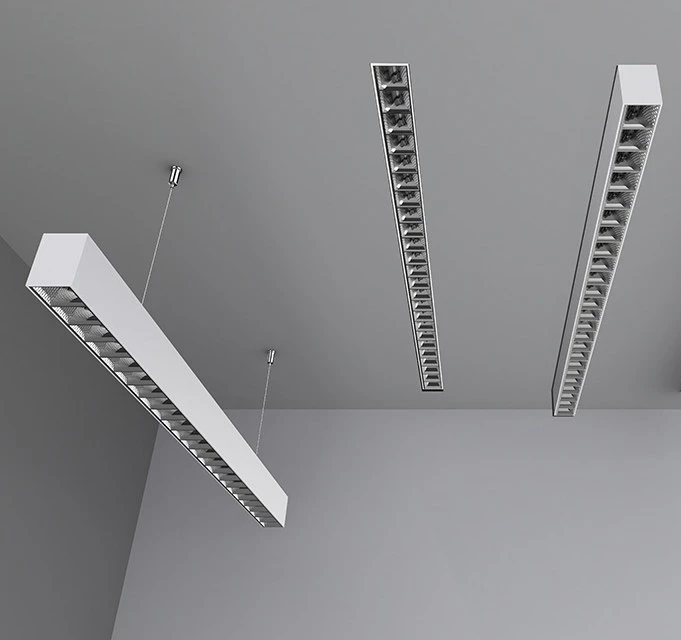
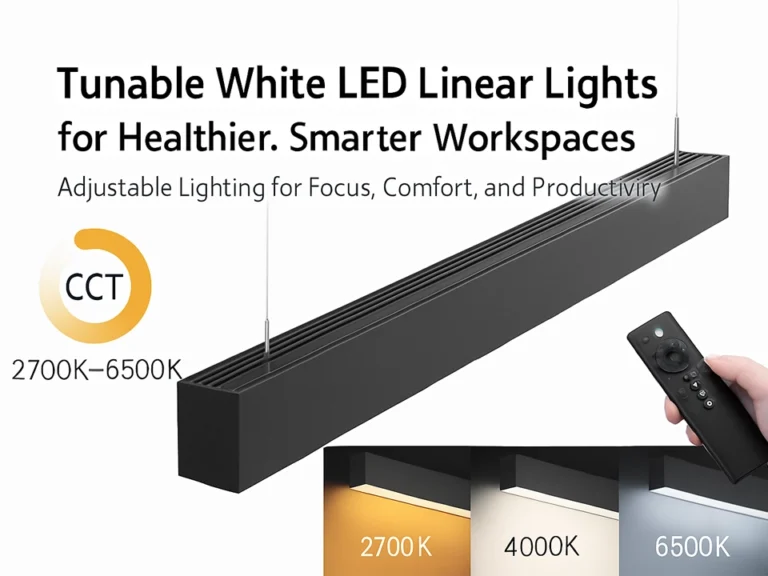
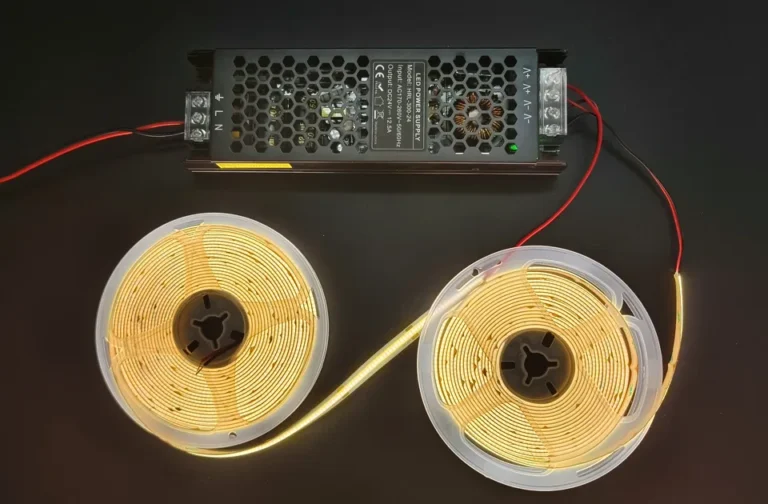
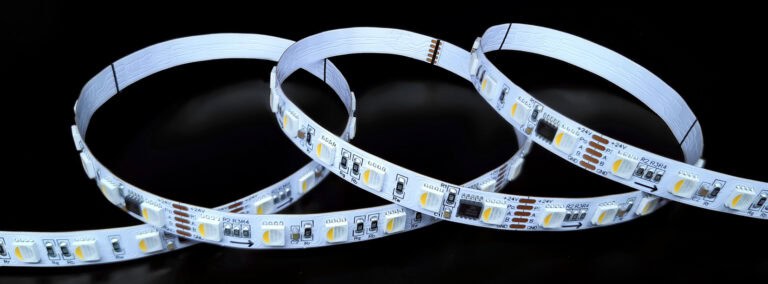
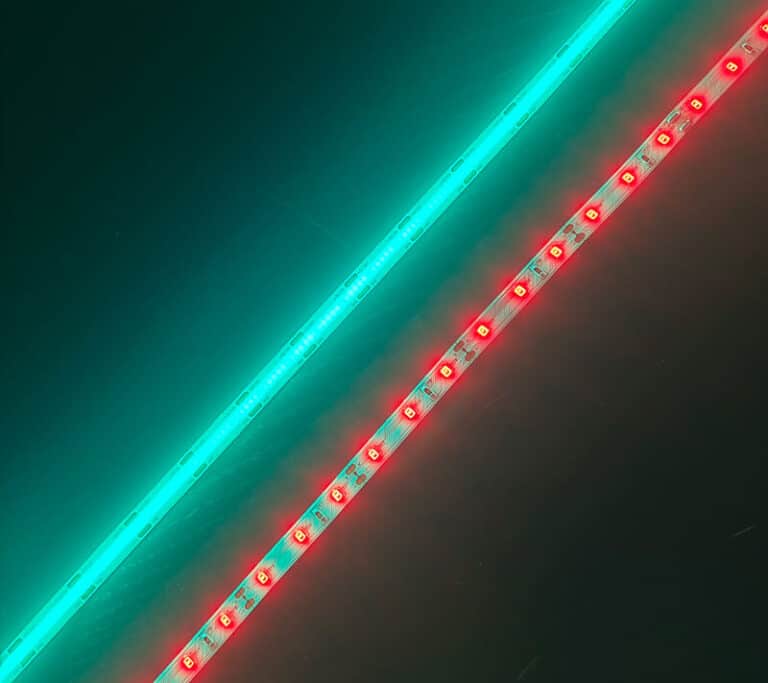

Ik kon gewoon niet uw website verlaten voordat ik suggereerde dat ik echt dol was op de gebruikelijke informatie die een individuele levering in uw bezoekers regelmatig zal zijn om nieuwe berichten te controleren